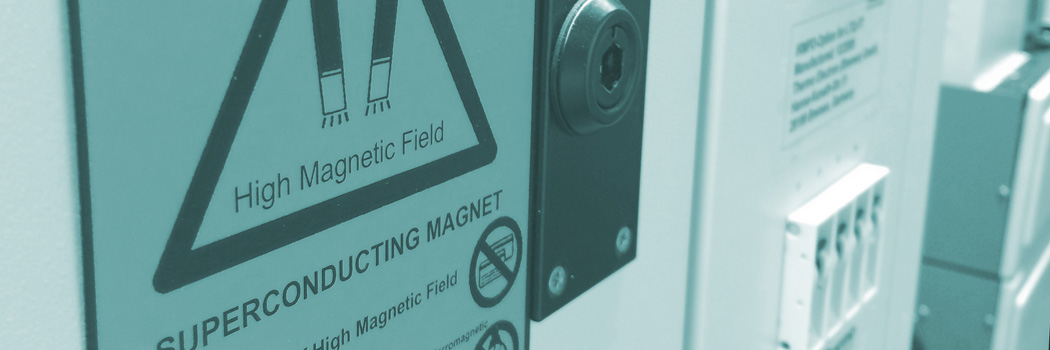Mass spectrometry
Our lab only uses high resolution mass spectrometers for discovery projects, namely the Orbitrap Velos ETD, Orbitrap XL and the LTQ-FT Ultra from Thermo Scientific. All instruments are very sensitive and yield high quality data thanks to their superb mass accuracy. Samples are separated by nanoHPLC to gain deeper insight. This state-of-the-art technology is applied to every MS analysis for more confidence in your results.

Thermo Scientific™ LTQ Orbitrap XL hybrid FTMS (Fourier Transform Mass Spectrometer) supports a wide range of applications from routine compound identification to the most challenging analysis of low level components in complex mixtures.
The LTQ Orbitrap XL is based on the fast and highly sensitive Thermo Scientific LTQ XL linear ion trap and the proprietary Orbitrap™ technology. The LTQ Orbitrap XL features a new HCD collision cell for ultimate flexibility in fragmentation experiments for advanced proteomics and small molecule research.
This instrument is especially well suited for global protein quantification by isobaric labelling with iTRAQ or TMT.
Thermo Scientific Orbitrap Velos ETD
This Orbitrap features a dual-pressure ion trap with high scan speed. The additional ETD fragmentation gives additional information that complements CID and HCD for MS/MS. This instrument is mainly applied for sequence analysis and PTM characterisation as well as global protein quantification by label-free techniques.

Thermo Scientific LTQ FT Ultra
The Thermo Scientific™ LTQ-FT Ultra™ combines the most advanced Ion Trap and Fourier Transform Ion Cyclotron Resonance technologies into a single instrument with unprecedented analytical power and versatility. Ultra-high resolution and sensitivity coupled with sub ppm mass accuracy, and MSn are universally available for the toughest applications demanding rigorous structural characterization.
Its extremely high mass resolution (up to 1,000,000 at m/z 400) helps to tackle special analytical questions, such as PTM characterisaiton of proteins and structure elucidation of chemical synthesis products.

Edman sequencers

HPLC and FPLC systems
For fractionation of peptides or proteins we have a number of different HPLC and FPLC systems for many different separation modes, e. g. reversed phase (C4, C8, C18), strong cation exchange (SCX), weak anion exchange (WAX), size exclusion (SEC) in various dimensions.
Fluorescence Laser Imaging
FujiFilm Fluorescent Image Analyzer FLA-3000
The FLA-3000 series scanners use solid-state lasers with wavelengths suitable for the excitation of fluorochromes such as CyDye™, Sypro Ruby™ and Diamond ProQ™. Equipped with multiple lasers (473, 532, 633 nm) in combination with a set of appropriate filters it allows reading of fluorochrome-stained gels and various types of blot embranes. Furthermore is allow reading Imaging Plates (IP) used for visualization of radioactive labelled probes. IPs stored in cassettes can be scanned off-site, ie: you do the experiment in your lab, expose the IP to the sample and send in the non-radioactive IP for imaging.

Compatible dyes:
- Sypro Ruby™ (link), FireRuth (link)
- Diamond ProQ™ phosphoprotein stain (link)
- CyDye™ (Cy2, Cy3, Cy5) (link) / DIGE™ (link) and other cyanine based dyes



